Kashmir floods: Pakistan and India turn to social media after deadly monsoon kills 490
MILLIONS affected by devastating floods in India and Pakistan are uniting on social media to start rebuilding their lives.

Social
Don't miss out on the headlines from Social. Followed categories will be added to My News.
MILLIONS affected by devastating flooding in India and Pakistan are uniting on social media to start rebuilding their lives.
As the waters recede, authorities, aid workers and local communities are reaching out with the help of social media sites including Twitter, Facebook and WhatsApp.
At least 490 people were killed and tens of thousands lost their homes when a heavy monsoon hit the Himalayan region of Kashmir last week.


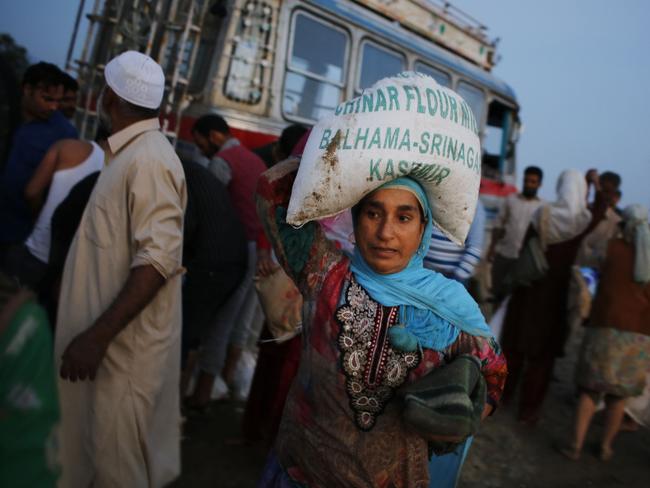

As the army struggled to reach everyone stranded during the floods, individuals and local boatmen threw themselves into the frantic rescue effort.
Relief organisation JK Flood Relief fed data on missing and found individuals into Google Person Finder to help families locate loved ones.
It has also set up a BitGiving donations page on its blog and delivered more than 30 tonnes of supplies using networks of volunteers.
Raheel Khursheed, Head of News, Politics and Government at Twitter India, told The Hindu that the social network was connecting remote communities with the help of local groups including the Sajid Iqbal Foundation.

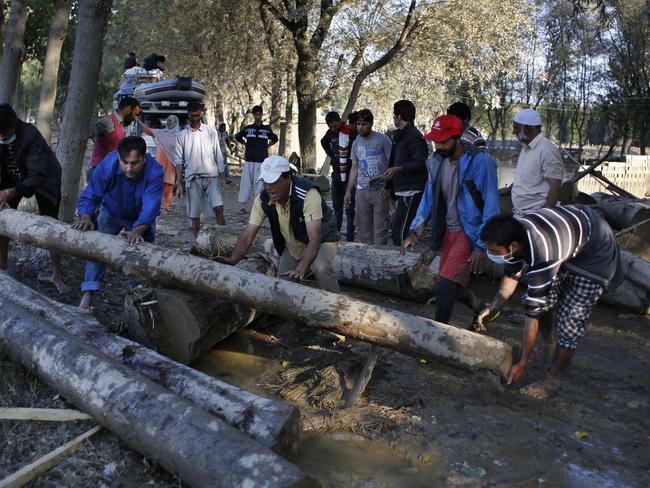

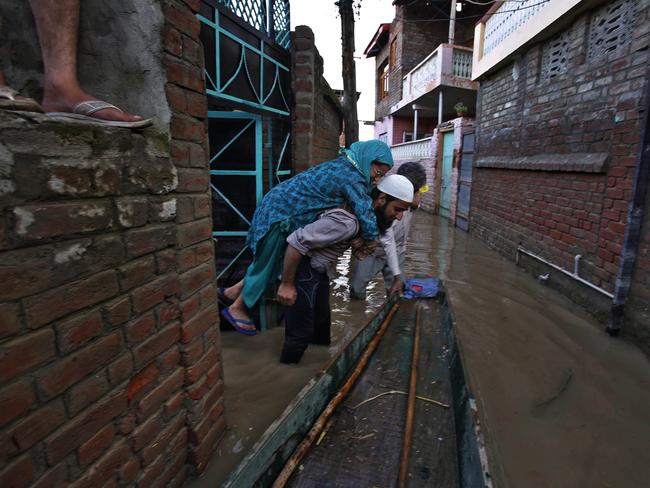
“We now have a person at Srinagar Airport who takes supplies to the warehouse from where volunteers of the SIF and Goonj take it to remote areas,” he said. “We are using places where a mobile network is available as hubs to reach out to other areas”.
Last Tuesday, Mr Khursheed’s colleagues commissioned a “smartfeed” that could weed out the posts using hashtag #KashmirFloods that identified stranded people and offered it to the army. He called it “a continuously updating stream of ‘save me’s’”, reported The New York Times.
One woman discovered her phone number had been posted on Facebook and now receives five or six text messages a day from strangers describing lost relatives, which she delivers to a search-and-rescue centre.


India has embraced social media under new prime minister Narendra Modi, with two army officers currently dedicated to analysing social media and the military sharing flood relief effort updates @adgpi.
Sona Gupta, a collection point volunteer, said the items most desperately needed were “water, edible oil, basic medicines, salt biscuits, diapers, sanitary napkins, masks and blankets.”
Rescuers in makeshift boats have been providing supplies to those stranded across two major cities by landslides and overflowing rivers and lakes.

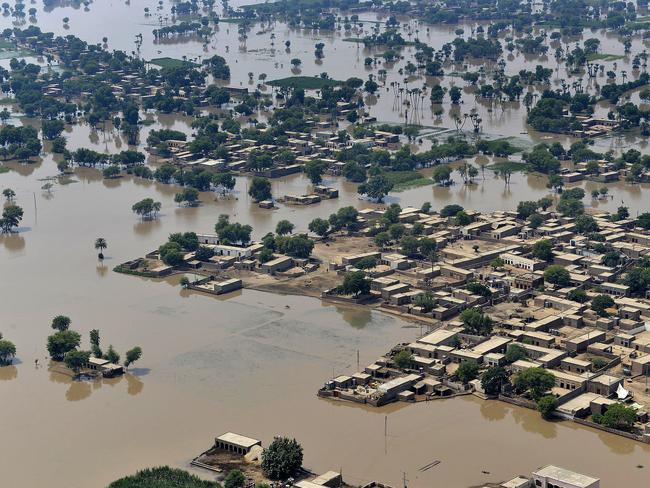

The extent of the damage remains unclear, but entire villages and part of state capital Srinagar are completely submerged, with families cut off and hospitals unable to cope.
Last week, the army planted explosives intended to divert waters away from the southern Punjab cities of Muzaffargarh and Multan, a major agricultural centre of two million people.
In Pakistan, 276,681 people have been evacuated from flood-hit areas while 1.4 million acres of crops and more than 40,000 houses have been destroyed.
In India, the army and disaster response teams have evacuated nearly 200,000 people trapped on roofs and in treetops. Many are now in relief camps.

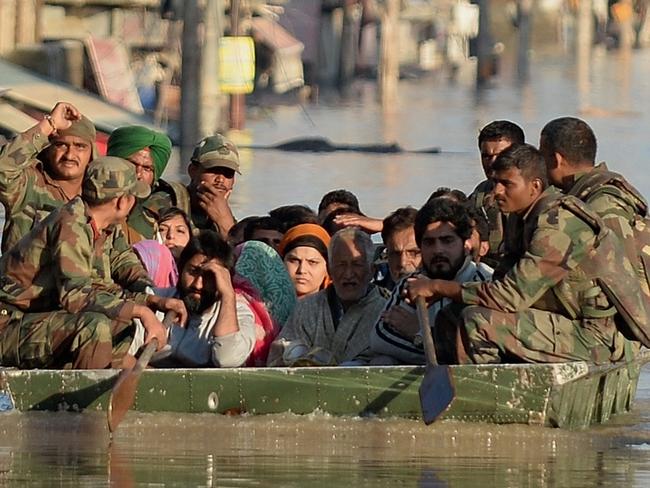


Pakistani Prime Minister Nawaz Sharif visited flooded parts of Kashmir last week, announcing $10,000 compensation for bereaved families and pledging to reopen blocked roads as soon as possible.
In India, Prime Minister Modi held an emergency meeting on the disaster late on Wednesday, after reports of victims attacking emergency workers in anger over the slow pace of the rescue effort.
Modi said getting food and water to people in the worst affected areas around the state capital Srinagar was the priority.
He ordered a “massive effort to ensure basic hygiene and sanitation in the waterlogged areas of Srinagar”, amid fears of an outbreak of disease.




Hospitals have been overwhelmed by the disaster, which has left many without power or clean water.
A doctor at Ahmed hospital in Srinagar described the desperate conditions on news channel NDTV.
“There is no electricity,” he said. “The hospital is entirely working on two gensets (portable generators), on alternate basis.
“We had to hijack water ... We cut bedsheets in two and sterilised them for use in surgery.”
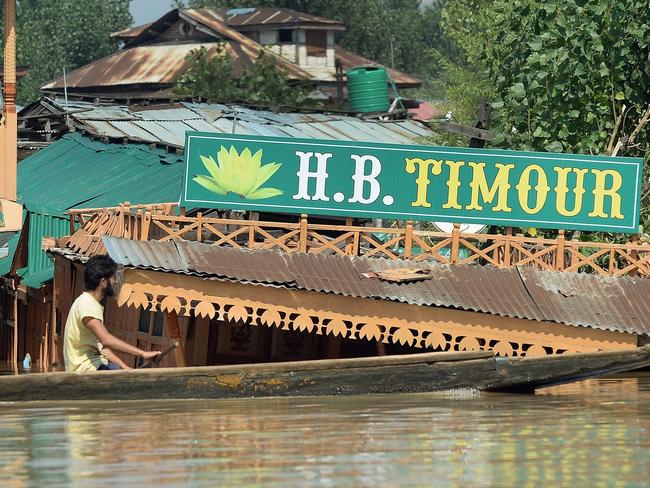



On the banks of tourist hotspot Dal Lake, a band of shikara taxi boat owners have been rescuing marooned families and tourists from sinking houseboats.
“There has been no help here,” said Nasir Ali Khan, one of many residents angry that rescue officials had failed to appear.
“All of the rescues have been done by these young men rowing shikaras,” he said, revealing that he had seen at least five houseboats break up in the rushing waters.

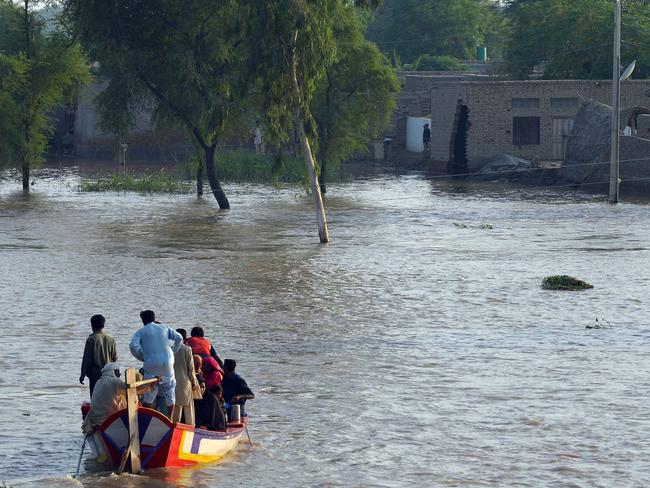
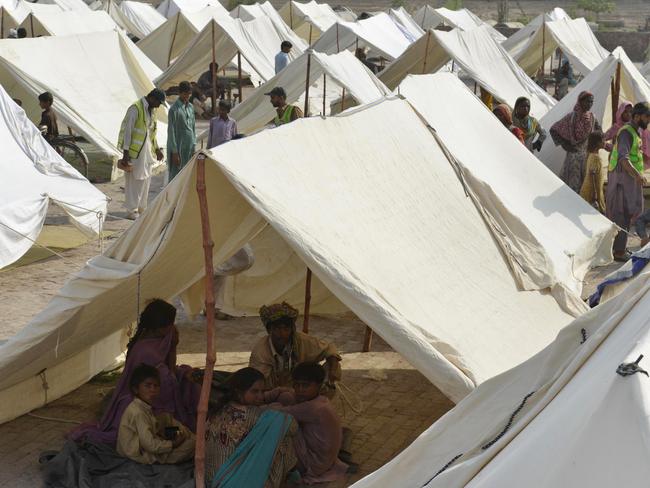

Hundreds of locals and tourists are camping near the lake, waiting for help, while others who fled to higher ground have returned in the hope of finding relatives and to assess damage to their homes.
Mustaq Ahmad said he and his wife, three children and a couple who were holidaying on his houseboat ran to his shikara when the surge of water hit.
“I said, ‘leave your belongings and get on’,” he said. “We just went along with the current, racing for about a kilometre until we finally hit dry land.”
Pakistan has suffered deadly rainstorms around the same time every year since 2010, when 1800 were killed by the worst floods in its history.
Originally published as Kashmir floods: Pakistan and India turn to social media after deadly monsoon kills 490


